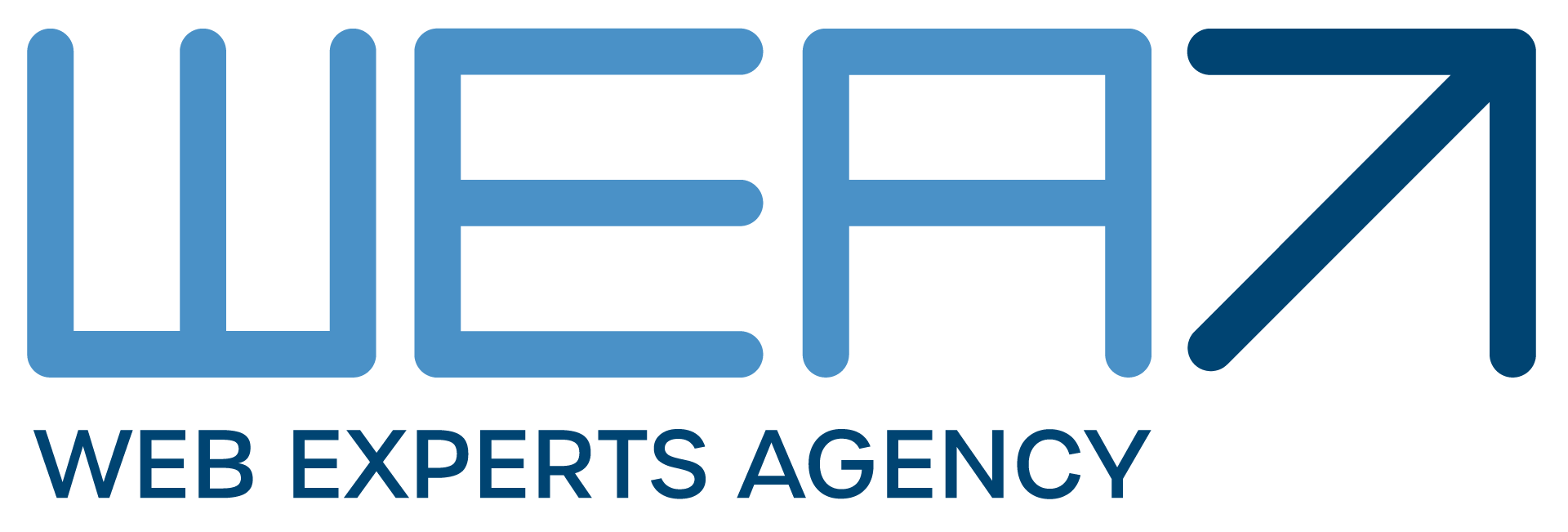
Introduction
SEM (Search Engine Marketing) and SEO (Search Engine Optimisation) are distinct strategies to enhance a website’s visibility in search engine results. Especially when “Researching products and brands” is a primary reason for internet use, cited by 43.2% of users aged 16 to 64. SEM encompasses various tactics, including paid and organic methods, primarily focusing on paid advertising through Pay-Per-Click (PPC) campaigns. It involves advertisers bidding on keywords to display ads in search engine results, with costs incurred per click or impression.
On the other hand, SEO is a subset of SEM, concentrating solely on optimising a website’s content, structure, and elements to improve organic search rankings. Unlike SEM, SEO does not involve direct payments for placement; it relies on enhancing various on-page and off-page factors. While SEM delivers rapid visibility through immediate advertising, SEO is a longer-term strategy, emphasising organic growth and sustained search engine ranking improvement over time. Businesses often integrate both SEM and SEO for a comprehensive online marketing approach.
Definition:
In online visibility, Search Engine Marketing (SEM) and Search Engine Optimization (SEO) are pivotal strategies businesses employ to enhance their presence in search engine results. These methodologies, while interconnected, serve distinct purposes.
SEM:
At its core, SEM is a comprehensive approach to elevate a website’s prominence in search engines. This overarching strategy encompasses various techniques, employing paid and organic methods to augment visibility. The cornerstone of SEM lies in paid advertising, commonly known as Pay-Per-Click (PPC) advertising. This method allows advertisers to bid on specific keywords, and their ads appear prominently in search engine results. SEM thus provides an avenue for immediate visibility through paid promotions, allowing businesses to reach their target audience swiftly.

SEO:
As a subset of SEM, SEO focuses on refining a website’s content, structure, and elements to enhance its organic, unpaid search engine rankings. Unlike the immediate impact of paid advertising, SEO is a gradual and organic approach to improving a website’s visibility in Search Engine Results Pages (SERPs) by optimising on-page elements and acquiring quality backlinks. SEO endeavours to propel a website towards higher rankings over time. The primary objective of SEO is to establish sustained and naturally earned visibility, ensuring that a website appears prominently in search results without the direct exchange of payment for placement.
Nature:
In the ever-evolving landscape of online visibility strategies, Search Engine Marketing (SEM) and Search Engine Optimization (SEO) stand out as pivotal methods, each distinguished by its nature and operational principles.
SEM:
A multifaceted approach, SEM encompasses a spectrum of strategies to elevate a website’s visibility. Central to SEM is paid advertising, where advertisers actively bid on keywords relevant to their offerings. This process culminates in the display of their ads in prominent positions within search engine results. The Pay-Per-Click (PPC) model, a fundamental component of SEM, ensures that advertisers only incur charges when users click on their displayed ads. SEM thus unfolds as a dynamic arena where businesses invest in immediate visibility, strategically positioning themselves at the forefront of search engine results to connect swiftly with their target audience.
SEO:
In contrast, SEO unfolds as an organic and meticulous endeavour to refine a website’s positioning in search engine results. This nuanced approach optimises various on-page and off-page elements, including content, meta tags, and backlinks. Unlike SEM, SEO operates without direct financial transactions with search engines; its efficacy relies on the strategic enhancement of a website’s relevance and authority; by adhering to best practices and aligning with search engine algorithms, SEO endeavours to organically propel a website toward higher rankings, establishing a lasting and naturally earned visibility in the competitive digital sphere.
Cost:
In the intricate landscape of online visibility strategies, the investment dynamics between Search Engine Marketing (SEM) and Search Engine Optimization (SEO) are pivotal in shaping businesses’ digital presence.
SEM:
At its core, SEM involves a financial commitment, necessitating a budget for paid advertising. Advertisers actively bid on keywords relevant to their products or services, engaging in a competitive marketplace where costs are incurred based on each click (CPC) or impression (CPM) of their ads. The financial outlay for SEM can fluctuate significantly, influenced by the level of competition for specific keywords. In this dynamic arena, businesses allocate resources to secure immediate visibility, strategically positioning themselves at the forefront of search engine results. The financial landscape of SEM, characterised by a direct correlation between investment and visibility, allows for a tailored approach aligned with business objectives and market competitiveness.
SEO:
In contrast, the financial dynamics of SEO take on a different hue. While there may be costs associated with hiring SEO professionals or investing in specialised tools to streamline optimisation efforts, the primary thrust of SEO lies in organic strategies. Unlike SEM, SEO does not involve direct payments to search engines for improved rankings. Instead, the investment is directed toward refining on-page and off-page elements, creating quality content, and building authoritative backlinks. The financial commitment to SEO is more strategic, focusing on cultivating a sustainable, long-term online presence that transcends immediate monetary exchanges for visibility. In 2023, 88% of marketers invested in SEO intend to increase or maintain their current budget.
Speed of Results:
In the dynamic landscape of online visibility strategies, the speed at which results manifest stands as a defining characteristic, distinguishing the approaches of Search Engine Marketing (SEM) and Search Engine Optimization (SEO). These two methodologies offer businesses distinct timelines for achieving visibility in the competitive realm of search engine results.
SEM:
At its essence, SEM is synonymous with immediacy. The deployment of paid advertising through SEM facilitates almost instantaneous visibility. Advertisers can set up campaigns swiftly, strategically bidding on keywords relevant to their offerings. Results become palpable once the campaign is active, with ads prominently displayed in search engine results. The Pay-Per-Click (PPC) model ensures that businesses only incur costs when users click on their ads. SEM emerges as the go-to strategy for those seeking rapid and measurable impact, allowing businesses to connect swiftly with their target audience and adjust campaigns in real-time to optimise results.
SEO:
Conversely, the nature of SEO unfolds as a patient and gradual process. Achieving significant results through SEO requires an investment of time and effort. This systematic approach optimises various on-page and off-page elements, crafting quality content and building authoritative backlinks. Unlike the swift visibility of SEM, SEO focuses on cultivating a sustained and organic online presence. While the journey may be prolonged, the enduring impact of improved search engine rankings positions businesses for long-term success, fostering credibility and relevance over time.

Long-Term vs. Short-Term:
Within the intricate tapestry of online visibility strategies, the temporal orientation of Search Engine Marketing (SEM) and Search Engine Optimization (SEO) emerges as a defining aspect, delineating the duration of impact for businesses navigating the digital sphere.
SEM:
In the realm of immediacy, SEM stands as the harbinger of short-term results. Its efficacy is intricately tied to the duration of an advertising campaign and the allocated budget. Underpaid advertising, SEM delivers swift visibility, positioning businesses prominently in search engine results as long as the campaign remains active. The Pay-Per-Click (PPC) model ensures a direct correlation between investment and visibility. However, the transience of SEM becomes evident when the campaign concludes or the budget is exhausted. Once the financial faucet is turned off, the visibility wanes, underscoring the inherently short-term nature of this strategy.
SEO:
Contrastingly, SEO is a testament to strategic patience, emphasising a long-term trajectory. While the journey to witness the full impact of SEO may be gradual, its benefits endure over an extended period. SEOs optimise various on-page and off-page elements and cultivate quality content and authoritative backlinks to position businesses for sustained success. Even after active optimisation efforts are reduced, the groundwork laid by SEO continues to yield dividends, establishing a lasting and organically earned visibility in the competitive digital landscape.
Visibility Placement:
Three-quarters of users don’t venture past the initial page of Google search results. Within the ever-evolving landscape of online visibility strategies, the placement dynamics of Search Engine Marketing (SEM) and Search Engine Optimization (SEO) serve as critical elements, shaping the prominence of businesses in the digital realm.
SEM:
At its core, SEM orchestrates a strategic dance for visibility, predominantly through paid advertising. Ads engineered by SEM practitioners find their place prominently at the zenith or nadir of search results, distinctly labelled to denote their commercial nature. Positioned with precision, these ads offer businesses immediate prominence as users peruse search engine results. Beyond the confines of search engines, the reach of SEM extends to other platforms, such as social media, amplifying the visibility spectrum. The deliberate and labelled presence of SEM ads at the top or bottom of search results ensures businesses a dedicated space to capture the attention of users actively seeking relevant information.

SEO:
In contrast, SEO undertakes the subtler art of enhancing a website’s natural, unpaid ranking within the organic expanse of search results. SEO efforts are concentrated on improving the website’s relevance and authority, ensuring that it finds its place in the heart of the main body of search results. This methodical optimisation places businesses amid user queries without explicitly denoting paid advertising, fostering a perception of credibility and authenticity. SEO’s focus on organic placement within the main body of search results aligns with the user’s quest for information, positioning businesses as authoritative sources within the competitive digital landscape.
Conclusion
Search Engine Marketing (SEM) employs a dual approach, utilising paid and organic methods to enhance a website’s visibility. Paid advertising, such as Pay-Per-Click (PPC) campaigns, forms a pivotal component of SEM, providing immediate prominence in search engine results. On the other hand, Search Engine Optimization (SEO) concentrates solely on organic methods to refine a website’s content and structure, aiming to boost its unpaid search engine rankings gradually. While SEM offers swift visibility through paid strategies, SEO focuses on long-term, naturally earned prominence. Recognising the strengths of each, businesses often integrate both SEM and SEO into a cohesive online marketing strategy to maximise their digital footprint, combining immediate impact with sustained organic growth.
FAQs
Q. How does SEM work for immediate visibility?
A. SEM achieves immediate visibility through paid advertising, such as Pay-Per-Click (PPC) campaigns, where advertisers bid on keywords to display ads in search engine results.
Q. What does SEO primarily concentrate on?
A. SEO optimises a website’s content, structure, and elements to improve its organic, unpaid search engine rankings over time.
Q. Why do businesses often use SEM and SEO in their online marketing strategy?
A. Businesses integrate both SEM and SEO to combine the immediate impact of paid advertising with the enduring benefits of organic growth, maximising their online presence.




